Understanding the Sunroom Greenhouse Addition
Homeowners today are increasingly looking for unique and productive ways to enhance their living spaces, and one of the most appealing options is the sunroom greenhouse addition. This versatile space combines the beauty of a sunroom with the practicality of a greenhouse, allowing for the cultivation of plants while offering a retreat that boasts natural light and warmth. Whether you’re a gardening enthusiast or simply want to create a serene space flooded with sunlight, a sunroom greenhouse can satisfy diverse aesthetic and functional desires.
What is a Sunroom Greenhouse Addition?
A sunroom greenhouse addition is an enclosed structure that extends from your home, primarily designed to allow ample sunlight in while providing protection from the elements for your plants. It can serve various purposes: a relaxing spot for morning coffee, a functional horticultural area, or a beautiful space for entertaining guests. Essentially, this addition merges the concepts of a sunroom and a greenhouse, creating a multifunctional area that encourages plant growth and enhances your home’s overall ambiance.
Key Benefits of a Sunroom Greenhouse Addition
Integrating a sunroom greenhouse addition into your home offers numerous benefits:
- Increased Natural Light: Natural light is crucial for photosynthesis. A sunroom greenhouse enables you to harness sunlight for your plants while allowing light to brighten your living space.
- Year-Round Gardening: A climate-controlled environment allows you to grow a variety of plants, herbs, and vegetables throughout the year, irrespective of external temperature fluctuations.
- Enhanced Aesthetic Appeal: A well-designed sunroom greenhouse adds significant curb appeal and value to your property, providing an inviting atmosphere that complements your home’s architecture.
- Relaxation and Entertainment Space: Besides its horticultural functions, this type of addition offers a tranquil retreat for relaxation or a unique venue for gatherings.
- Increased Indoor Air Quality: Plants naturally purify the air, enhancing indoor air quality and contributing to a healthier living environment.
Common Design Features
A sunroom greenhouse addition typically comprises several notable design features:
- Glass Walls and Ceilings: Often made from tempered or double-paned glass, these features maximize light while ensuring durability and energy efficiency.
- Ventilation Options: Proper ventilation is critical for plant health. Many designs incorporate operable windows, skylights, or vents to facilitate airflow.
- Integrated Shelving and Planters: Designing areas for plant storage, potting benches, or vertical planters optimizes space and aids in plant care.
- Heating and Cooling Systems: To maintain optimal temperatures for plant growth, many sunroom greenhouses include heating options like radiant floors, as well as cooling systems like fans or air conditioning units.
Planning Your Sunroom Greenhouse Addition
Choosing the Right Location
The location of your sunroom greenhouse addition can significantly influence its success. Ideally, you want a spot that receives the maximum amount of sunlight throughout the day, typically a south-facing orientation. Consider the following factors:
- Sun Exposure: Assess how much direct sunlight the area receives in different seasons. Ensure that any shading from trees or other structures doesn’t block sunlight.
- Proximity to Utilities: Consider where your water, electricity, and drainage access are located, as these will be necessary for maintaining your plants and heating or cooling the space.
- Accessibility: Ensure that the addition is easily accessible from your home, allowing you to manage your plants effortlessly.
Permitting and Regulations
Before starting the construction of your sunroom greenhouse addition, it’s essential to comply with local building codes and zoning laws. Here are some steps to take:
- Consult Local Authorities: Check in with your local planning department to understand specific regulations regarding building permits, zoning restrictions, and any necessary inspections.
- Review HOA Guidelines: If you live in a community governed by a Homeowners Association, make sure to review their guidelines, as additional restrictions may apply.
- Engage Professionals: Working with architects or contractors experienced in such projects can ensure compliance with all regulatory requirements while optimizing the design.
Budgeting for Your Project
Building a sunroom greenhouse addition can vary significantly in cost based on size, materials, and complexity. Here are several budgeting considerations:
- Materials: Costs will differ depending on whether you choose standard or high-performance glass and frames, which can significantly improve energy efficiency.
- Labor: Hiring skilled professionals for construction, electrical work, or HVAC installation is essential for a successful build, and labor costs can consume a significant portion of your budget.
- Landscaping and Décor: Budget for plants, gardening supplies, and furnishings to help your sunroom greenhouse become a functional and inviting space.
Building Materials and Technologies
Choosing the Best Glass and Frames
The glass you choose is critical to the functionality and efficiency of your sunroom greenhouse addition. Options include:
- Single vs. Double-Paned Glass: Double-paned glass provides better insulation and energy savings, while single-paned glass is less expensive but may result in higher heating and cooling costs.
- Low-E Coating: Glass with a low-emissivity (Low-E) coating helps reduce heat loss in winter and minimizes solar heat gain in summer, balancing temperature control.
- Frames: Consider materials like aluminum for durability and low maintenance, or wood for aesthetic appeal. Composite materials can offer a balance of both.
Energy Efficiency Options
To ensure your sunroom greenhouse is energy-efficient, consider incorporating:
- Roof Overhangs: Installing roof overhangs can help block excessive sun during summer while allowing light in during winter months, optimizing temperature regulation.
- Automated Ventilation: Automated windows or vents that respond to temperature changes can optimize airflow and maintain suitable temperatures for plant growth.
- Heating Systems: Radiant floor heating or wall-mounted heaters can be effective in maintaining a comfortable environment for both plants and visitors.
Innovative Technologies to Consider
New technologies can enhance the functionality of your sunroom greenhouse addition:
- Hydroponics and Aquaponics: These soilless growing techniques can be integrated into your design for efficient water use and space-saving plant cultivation.
- Smart Technology: Systems that enable remote monitoring and control of temperature, humidity, and lighting can optimize plant care and resource usage.
- LED Grow Lights: For areas that might lack adequate sunlight, energy-efficient LED grow lights can supplement daylight, promoting healthy growth.
Design Inspirations for Your Sunroom Greenhouse Addition
Modern vs Traditional Styles
Your choice of style can influence the look and feel of your sunroom greenhouse. Consider the following:
- Modern Styles: Sleek lines, minimalist designs, and innovative materials characterize modern sunroom greenhouses. Glass walls and metallic frames can create a sophisticated aesthetic.
- Traditional Styles: Incorporating wooden elements, arched windows, and vintage-inspired features can create a cozy, inviting space that harkens back to classic designs.
Incorporating Natural Elements
To create a harmonious connection between your indoor space and the outdoors, consider the following:
- Indoor Plants: Strategically place potted plants to enhance the ambiance and air quality of the space.
- Natural Textures: Incorporating natural materials such as stone, wood, or bamboo can create a warm, organic feel.
- Water Features: Adding a small fountain or water feature can enhance tranquility while also increasing humidity levels beneficial for plant growth.
Utilizing Vertical Space Effectively
Maximize the area in your sunroom greenhouse by using vertical space:
- Vertical Planters: Utilizing wall-mounted planters or hanging pots can help create an appealing display while optimizing floor space.
- Shelving Units: Custom shelving can provide space for various plants and gardening tools, helping you keep everything organized and within reach.
- Garden Trellises: These can support climbing plants while adding an attractive architectural element to your space.
Maintaining Your Sunroom Greenhouse Addition
Regular Care Tips for Plants
Maintaining a thriving plant environment involves regular care practices:
- Watering Schedule: Establish a consistent watering schedule based on the specific needs of your plants, considering the temperature and humidity of the sunroom greenhouse.
- Fertilization: Use appropriate fertilizers to provide essential nutrients to your plants, adjusting based on growth stages.
- Pest Control: Regularly inspect for pests or diseases and take measures to address any issues before they escalate.
Seasonal Maintenance Checklist
Conducting maintenance at different times of the year is crucial for the best functioning of your sunroom greenhouse. Here’s a seasonal checklist:
- Spring: Clean glass surfaces, prepare garden beds for new plants, and assess heating systems as temperatures rise.
- Summer: Monitor humidity levels and ensure ventilation is functioning properly to prevent overheating.
- Fall: Prune any dead or overgrown plants, prepare the space for cooler temperatures, and consider adding heat sources if necessary.
- Winter: Inspect seals for leaks, reduce watering frequency, and make necessary adjustments for optimal indoor temperatures.
Addressing Common Issues
Even with careful planning and maintenance, you may encounter challenges in your sunroom greenhouse addition. Here are some common issues and tips for resolution:
- Temperature Fluctuations: If your plants are showing signs of stress, consider adjusting your ventilation, shading, or incorporating heating or cooling systems.
- Pest Infestations: Introducing beneficial insects or using natural pesticide options can help control pest populations without harming your plants.
- Glass Maintenance: To prevent buildup on glass surfaces, utilize vinegar solutions for effective cleaning and enhancement of sunlight penetration.
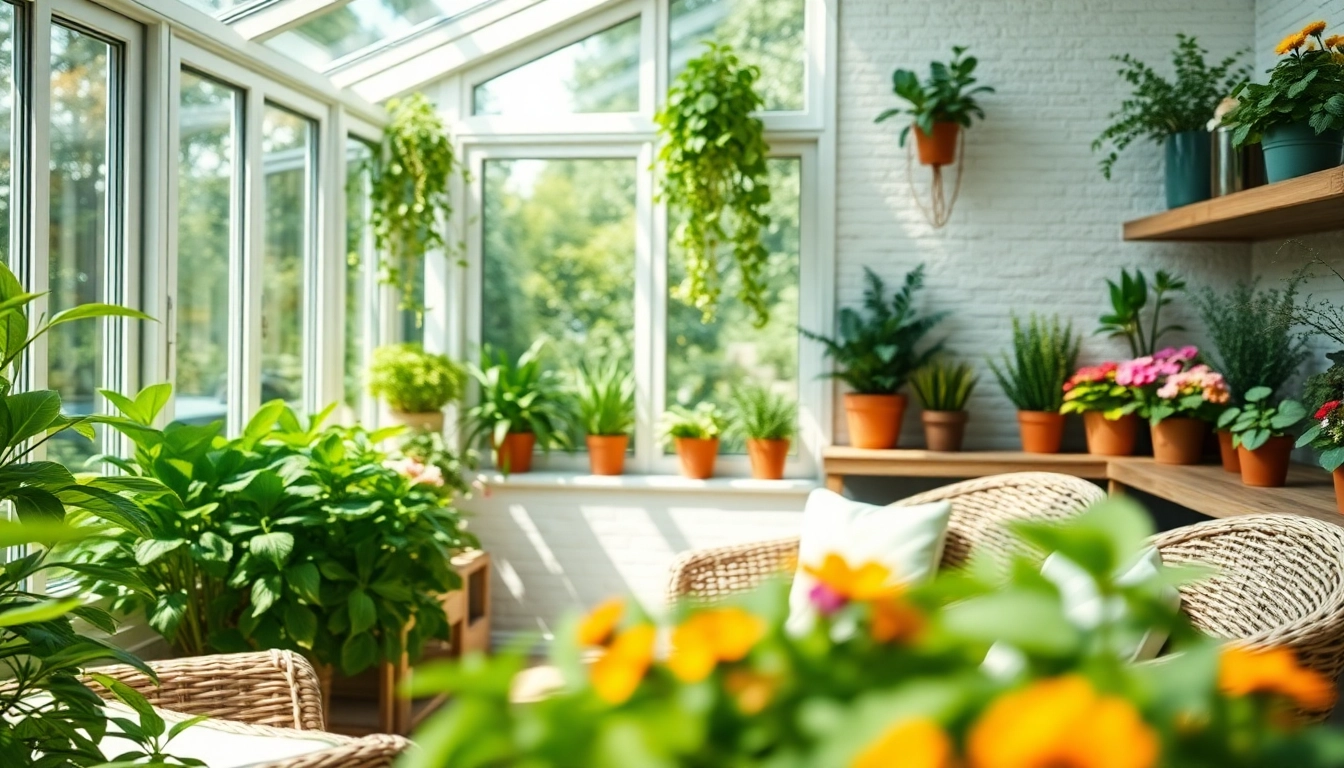
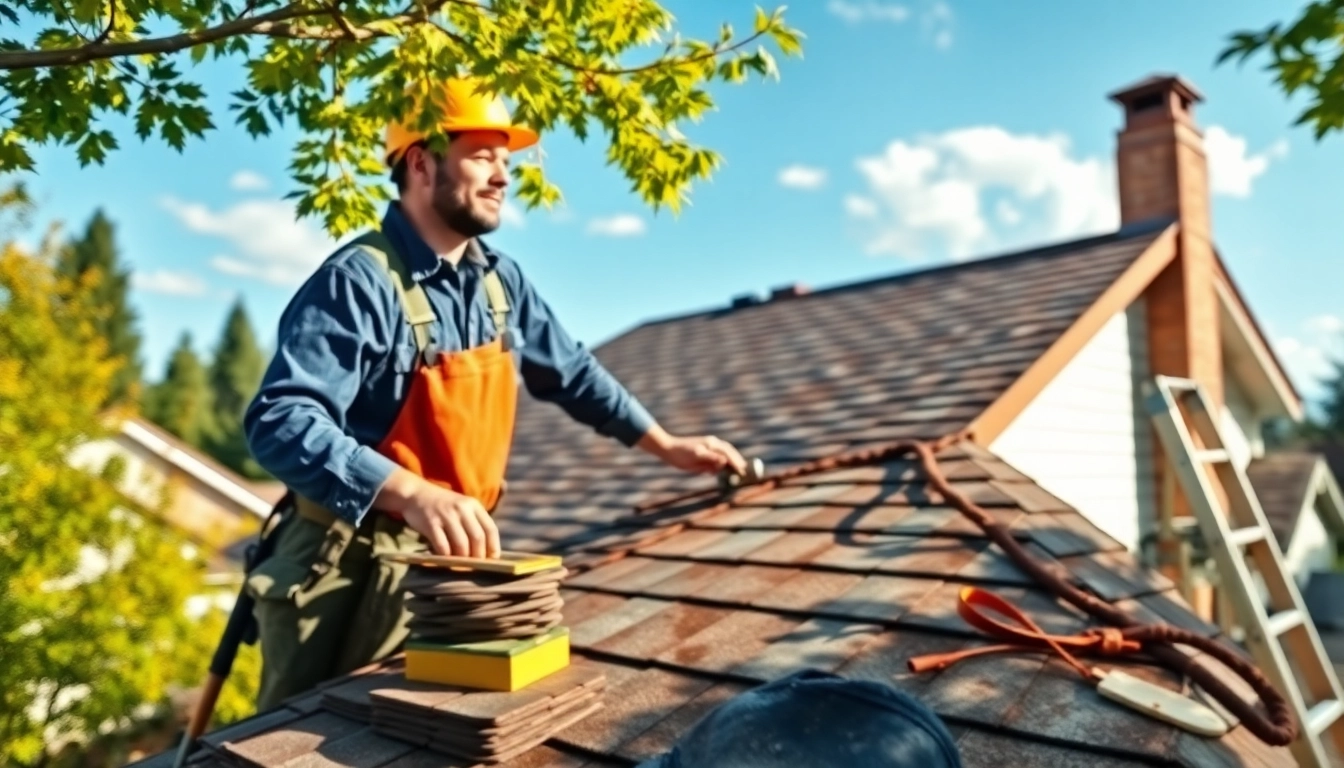


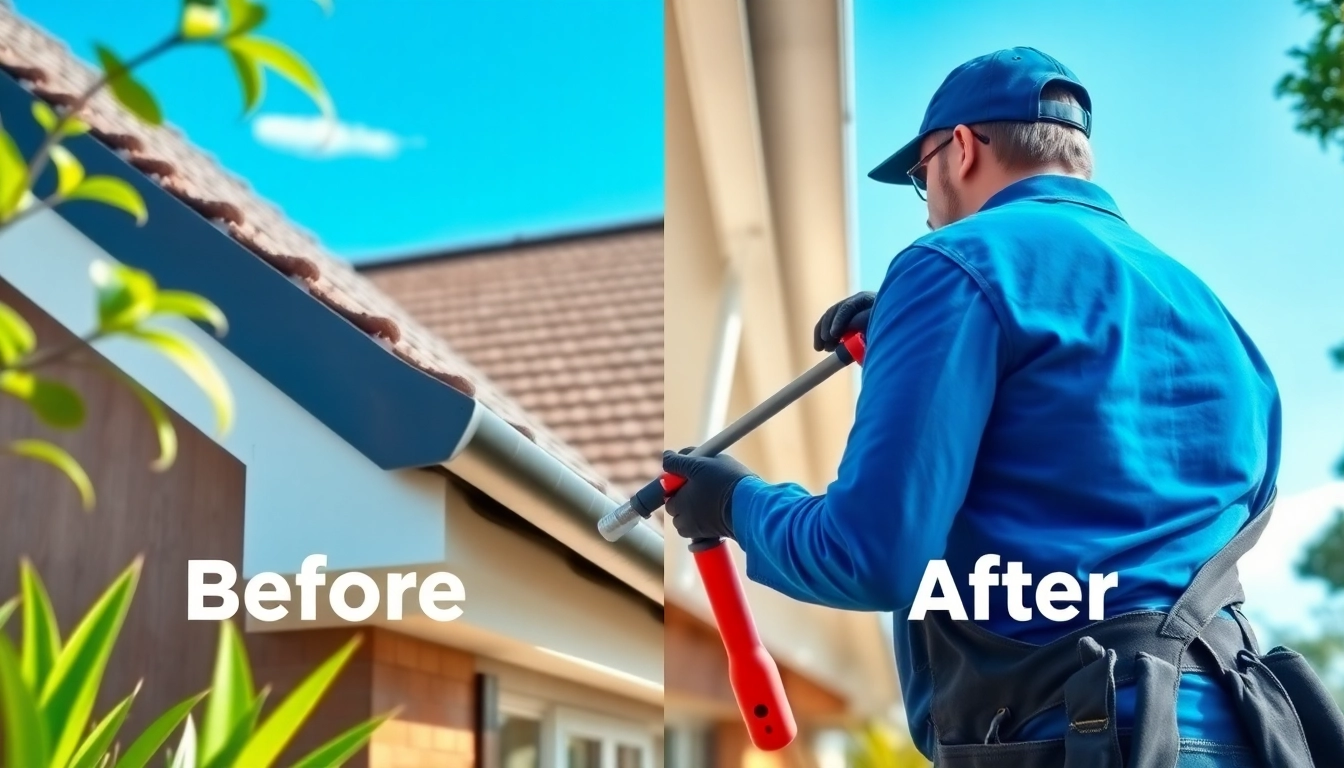
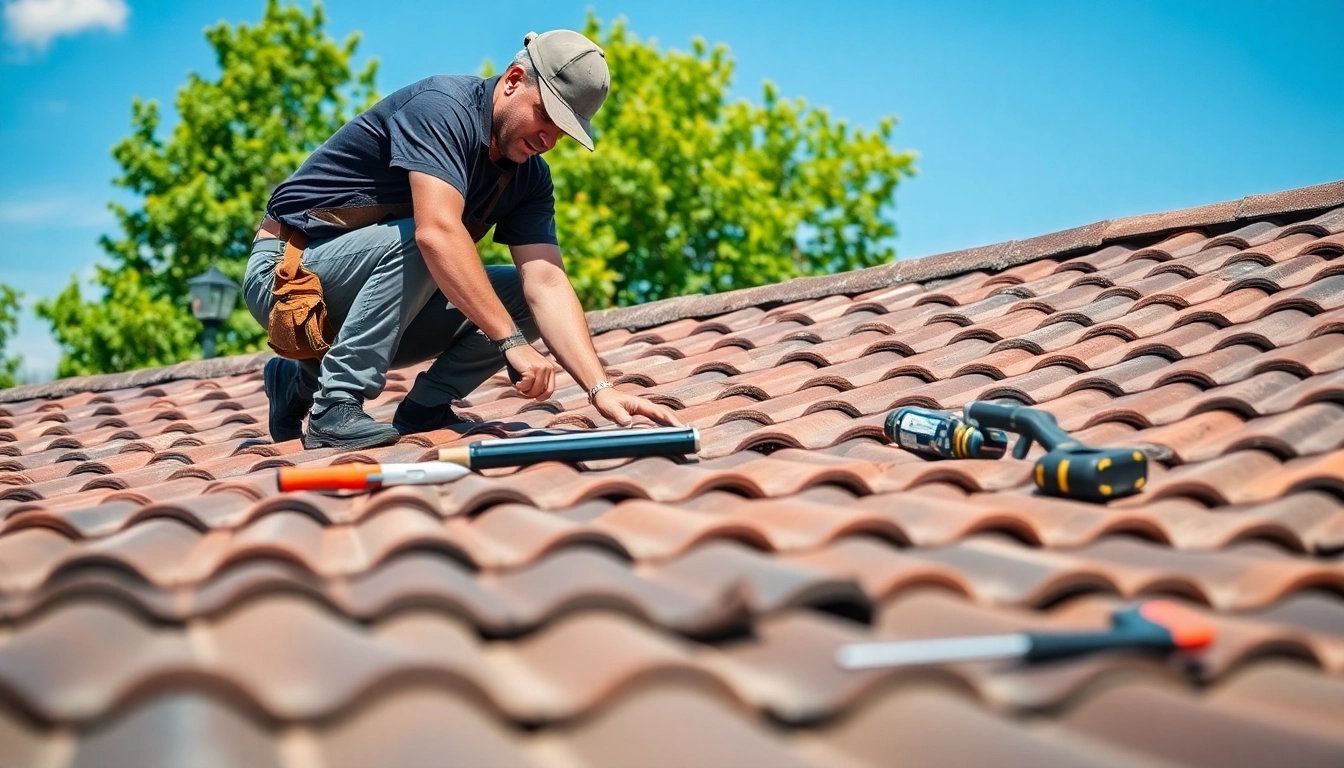
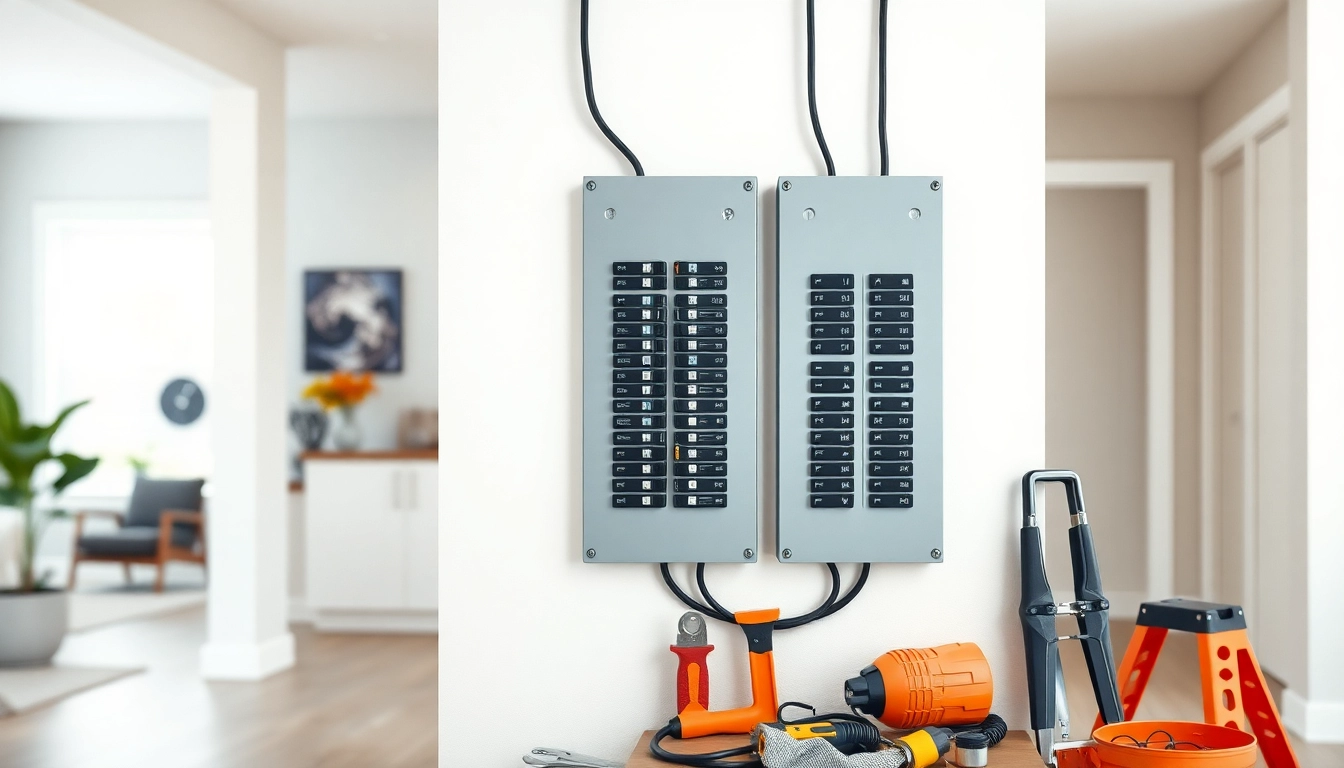
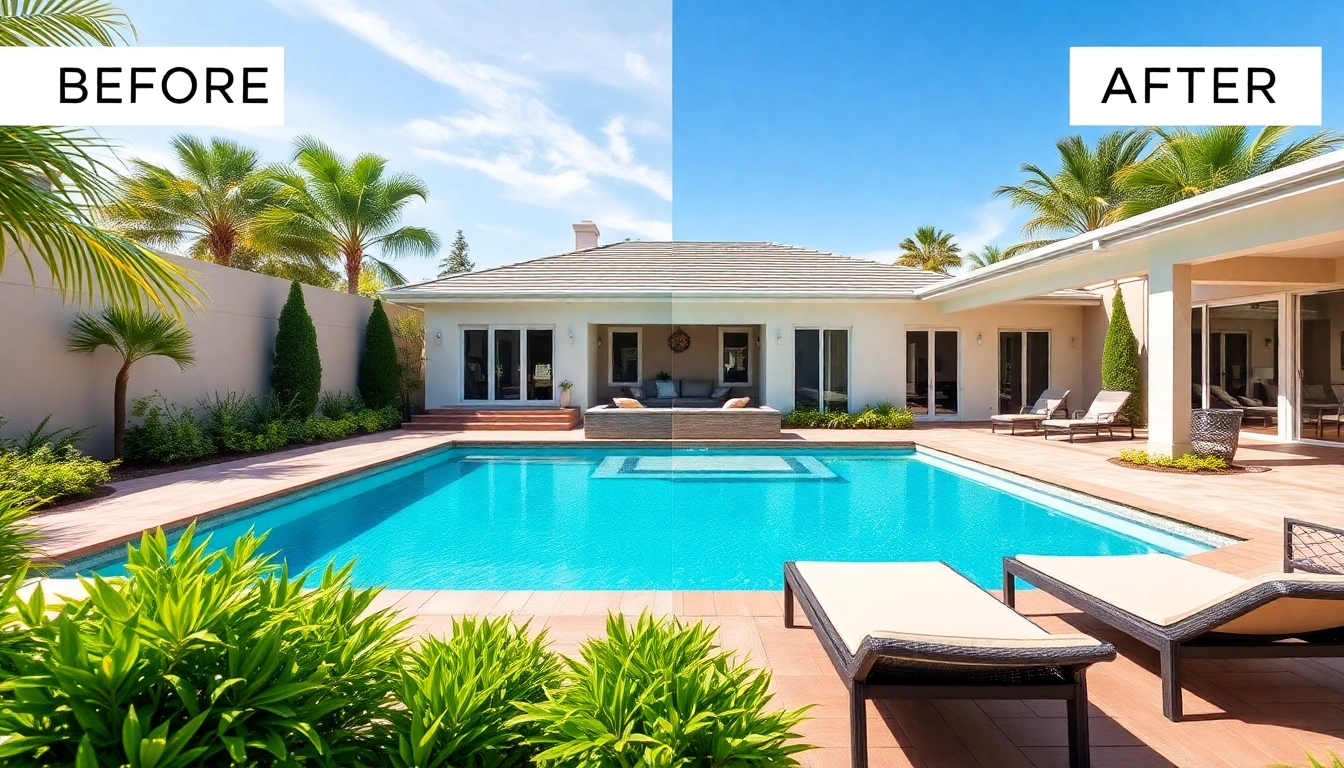

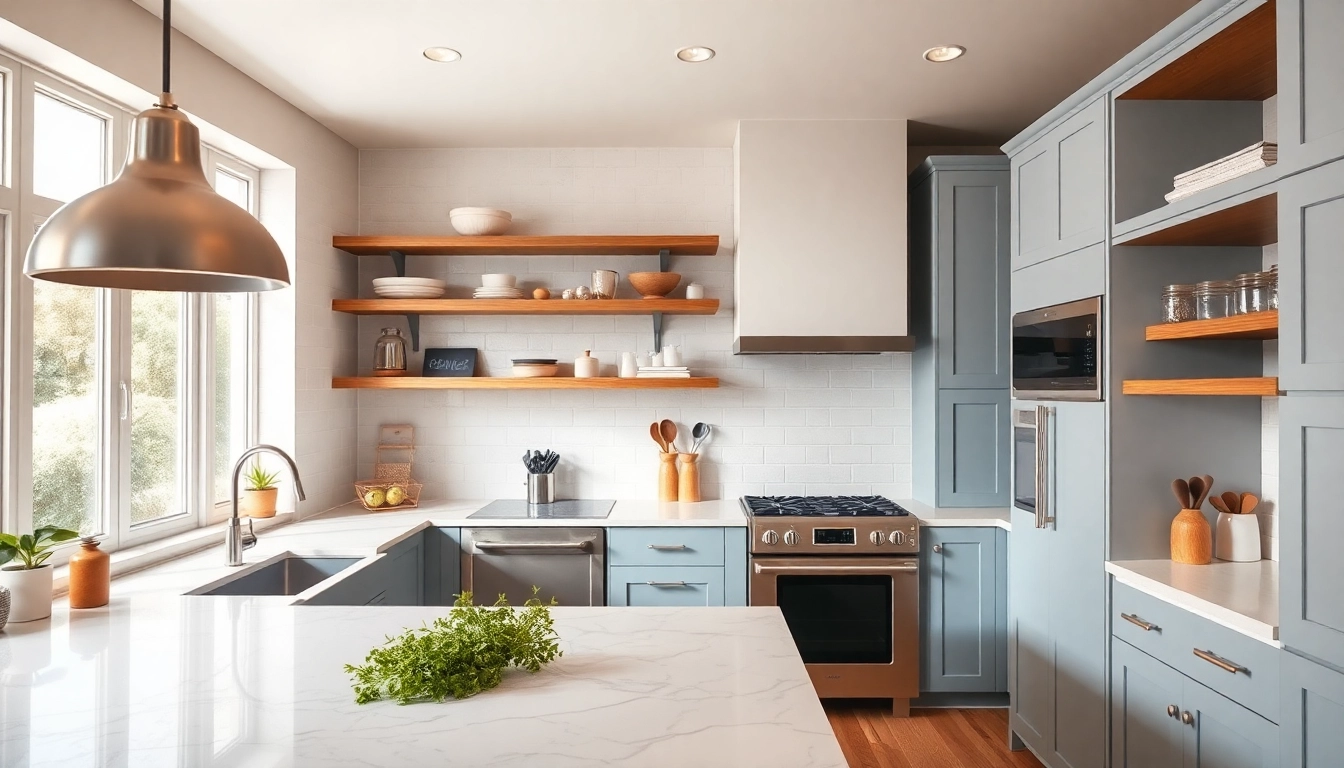
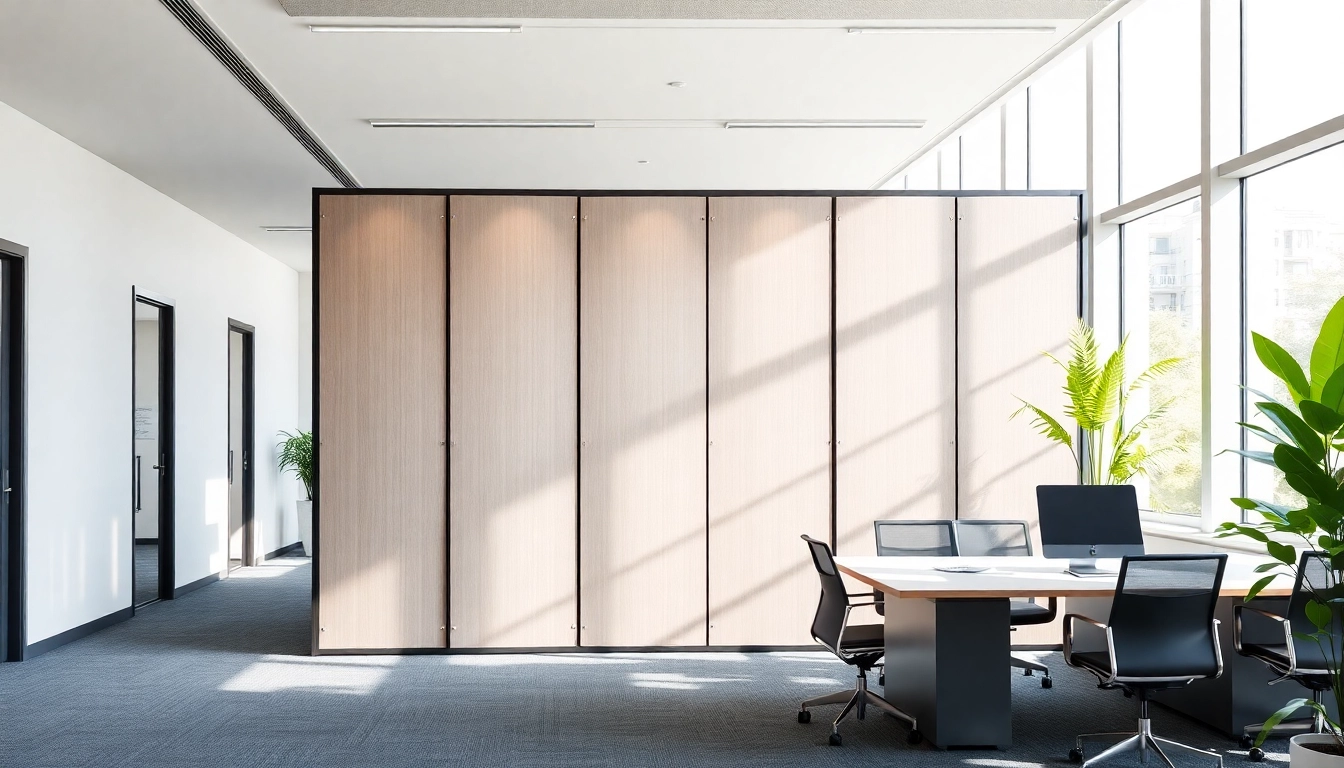




Leave a Reply